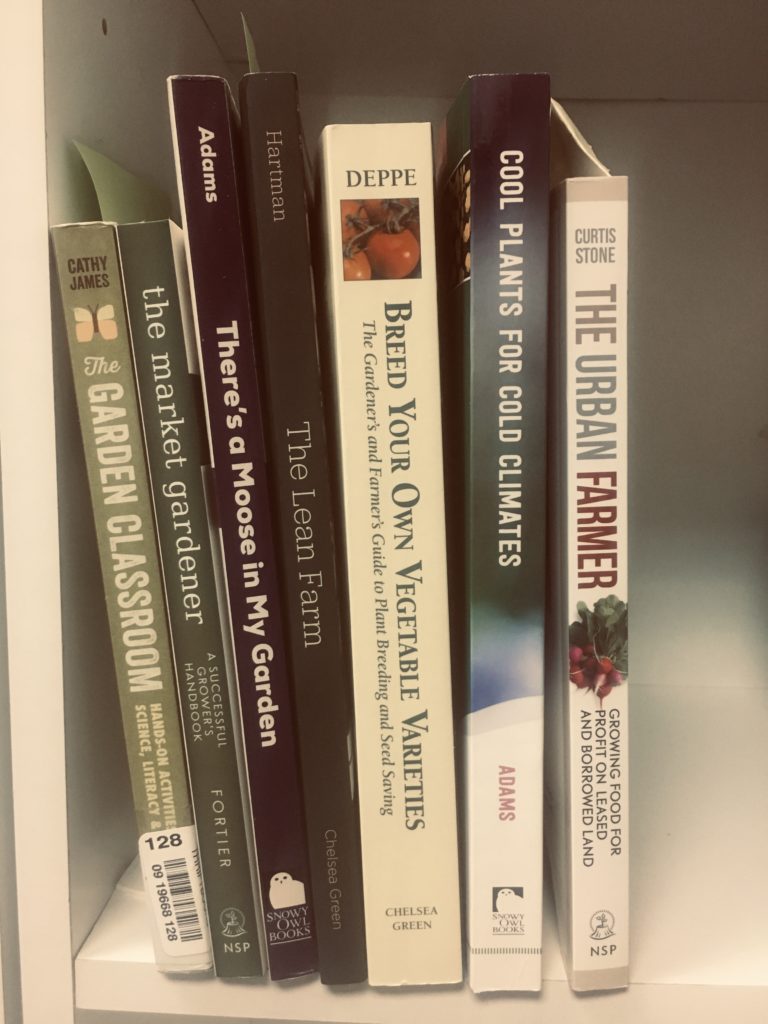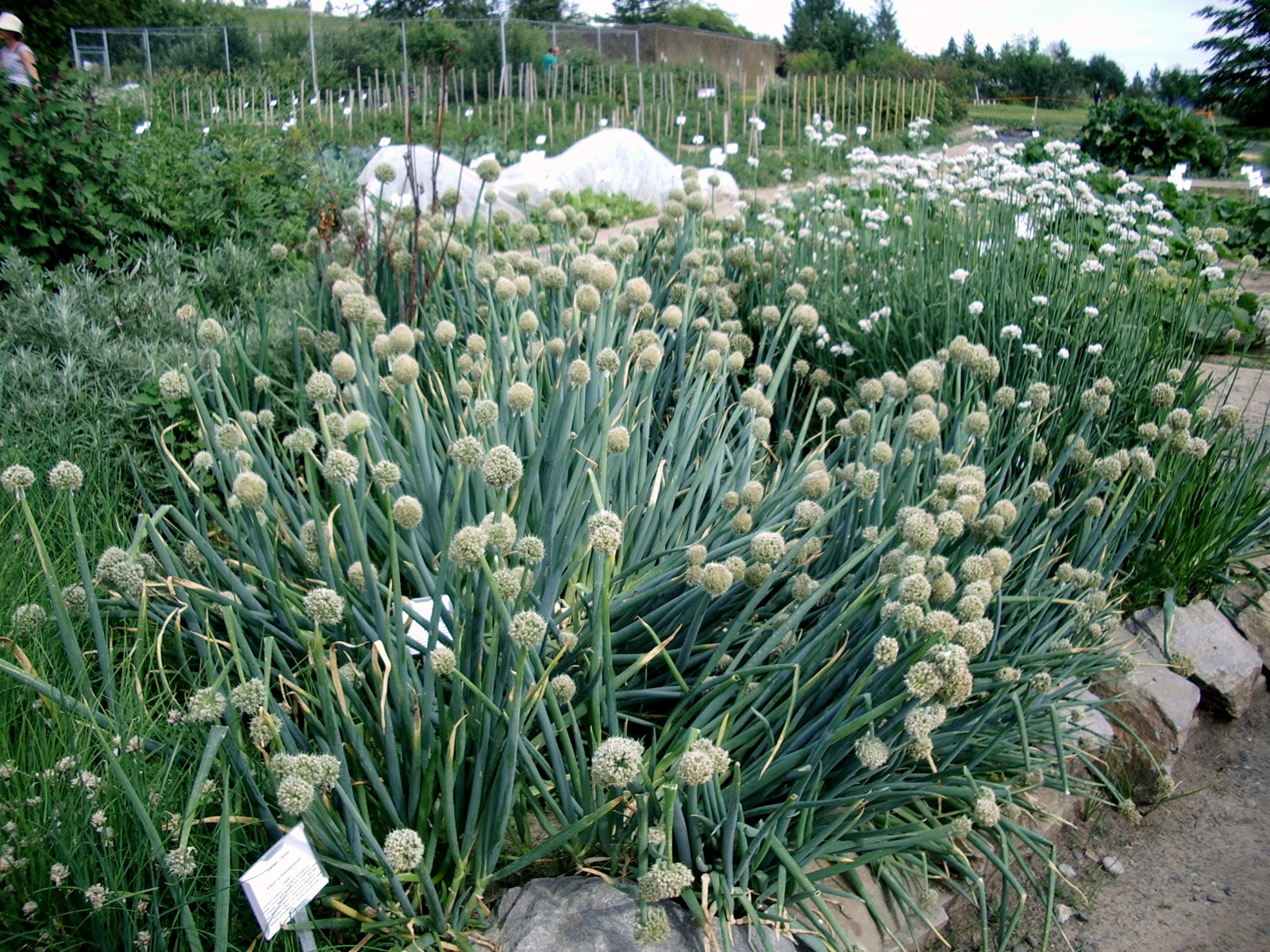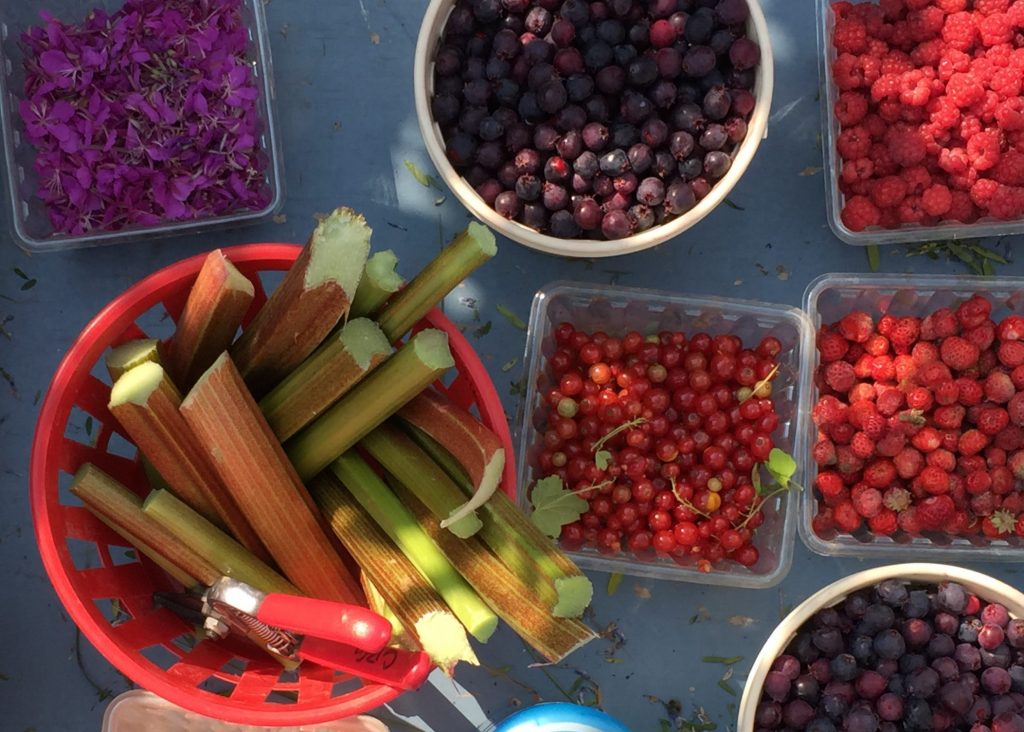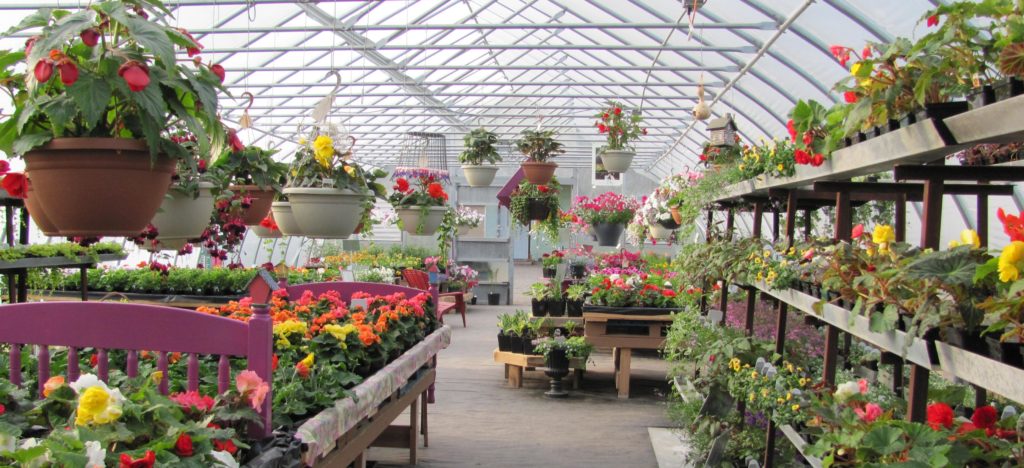Just like toilet paper, seeds have been a favorite purchase of panic buyers. Several seed companies have temporarily stopped orders, are seeing long delays in shipping times and have sold out of many varieties. Unless you really had your ducks in a row early this spring, you might still be waiting for seeds that you’d hoped to start inside or plant outside, or are simply unable to order from your normal company.

If holding a traditional seed swap, participants can spoon in bulk seeds into their own bags. In COVID-19 times, prepackaged seeds are probably best.
If you think you might have ordered much more than you can use in the next couple of years (perhaps based on a plan you made previously) but don’t have enough of some other types of seed, consider swapping or donating them. Continue reading







